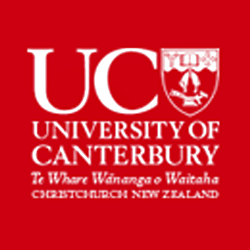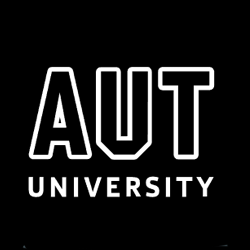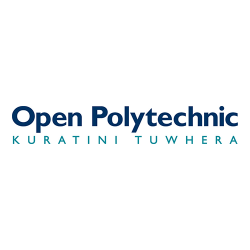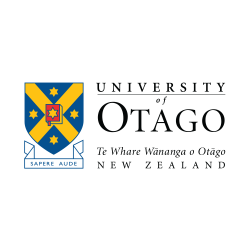
2016 Scenario Guide to Effective Tertiary Education in New Zealand
Status
Completed: 1 March 2012
Project Details
A project to develop information that would give tertiary sector management a system-wide view of tertiary education in New Zealand in 2016 and allow them to plan for the future. A collaboration of the University of Canterbury, University of Otago, Massey University and Distance Education Association of New Zealand.
Aims:
The project aimed to identify four scenarios of the future (for tertiary education in New Zealand) and produce practical information that tertiary education managers and leaders could use to plan for the future.
Methodology:
The methodology of the project was to develop four scenarios relating to the future provision of tertiary education through a process of interviewing leaders in tertiary education.
Using the JISC scenario building strategies, and with input from the broader tertiary education sector, the project then developed two guide books that would enable readers explore each scenario.
Team

Niki Davis
Project Leader
University of Canterbury
Andrew Higgins
Auckland University of Technology (AUT)
Pinelopi Zaka
University of Canterbury
Dr Mark Nichols
The Open Polytechnic of New Zealand
Gordon Suddaby
Massey University
Bill Anderson
University of OtagoScott McLeod
University of KentuckyStatus
Funding
$24,695.00 (excl GST)
Key Findings
Findings related to four scenarios of the future
- Four scenarios were identified.
- The scenarios were Articulation, Supermarket, Quality Branded Consortia and Self Determination.
Findings related to scenario one
- The first scenario, called Articulation, was a scenario featuring relatively little flow in and out of tertiary education.
- In this scenario, the learning environment was internally focused and maintained the tertiary organisation’s systems and structures. For example, staff felt confident in their performance, they followed the same policies they’d followed in the past and avoided risks (e.g. pedagogical or financial risks).
- In this scenario, competing activities such as research and quality assurance processes limited faculty opportunities to change aspects of learning and teaching. Instead, certainty was the primary focus, rather than identifying opportunity. Students were offered flexibility, as qualifications were mapped, portable and transferable.
Findings related to scenario two
- The second scenario, called the Supermarket scenario, provided an extensive range of learning objects, courses and other resources.
- In this scenario, the learning environment followed specific academic and production quality standards to address the needs of New Zealand employers, professions and iwi.
- A massive range of courses and units of study were produced that were particularly effective for up-skilling in vocational contexts with quality assurance promoted by Industry Training Organisations and NZQA where appropriate.
Findings related to scenario three
- The third scenario, called the Quality Branded Consortia scenario, saw different organisations collaborate across defined initiatives, regulated by a Memorandum of Agreement between an institution and its partners.
- In this scenario, the learning environment responded to increasing demands from students for programmes that linked them to professional networks within and beyond New Zealand. Consortium brands were able to bridge the New Zealand tertiary education system and go into international partnerships where New Zealand had an edge. For example, the edge may be an international reputation for creativity through responding to diversity. Increased interdisciplinary programmes and faculty collaborations were observed, which included students collaborating in projects.
Findings related to scenario four
- The fourth scenario, called Self Determination, gave learners a way to determine their own tertiary education and resulted in a scenario where the learning environment was highly customised to the learners needs.
- In this scenario, a central part of the learning environment was determined by the learner with the support of society to establish relevant lifelong learning. Advisors and staff in the tertiary system recruited and worked with student mentors from the workplace and/or community organisations who provided highly contextualised support for learners.
- In this scenario, interdisciplinary resources were used by students, including diverse instructional material that enhanced opportunities to participate in vocational and research projects. Support staff played key roles, and 'learning teams' emerged within and beyond tertiary organisations. Space was utilised in innovative ways and there were occasional overseas partnerships.
Key Recommendations
Scenario guides | Develop scenario guides to give readers a system-wide view of what tertiary education might look like in New Zealand in 2016.
Diagram | Develop a diagram that describes the four possible scenarios for the tertiary education sector in the future that people can use to ask themselves: What is my tertiary education environment or programme vision at present? Which scenario(s) does it best align with? Where do I want to be in the future? How can I work towards organisational change?
Target senior manages and leaders | Develop materials to support tertiary education managers and leaders and help them plan for future organisational and programme development.
A guide prepared by Niki Davis, Andrew Higgins and Pinelopi Zaka.
(PDF, 2 MB, 15-pages).
- 10 September 2012
A guide prepared by Niki Davis, Andrew Higgins and Pinelopi Zaka.
(PDF, 2.13 MB, 16-pages).
- 10 September 2012
A diagram prepared by Niki Davis, Andrew Higgins and Pinelopi Zaka.
(PDF, 7.4 MB, 1-page).
- 10 September 2012